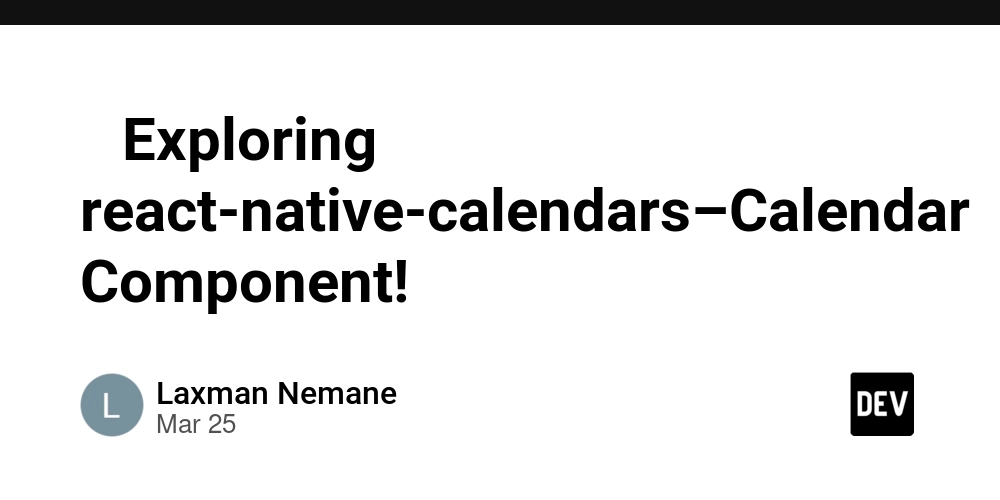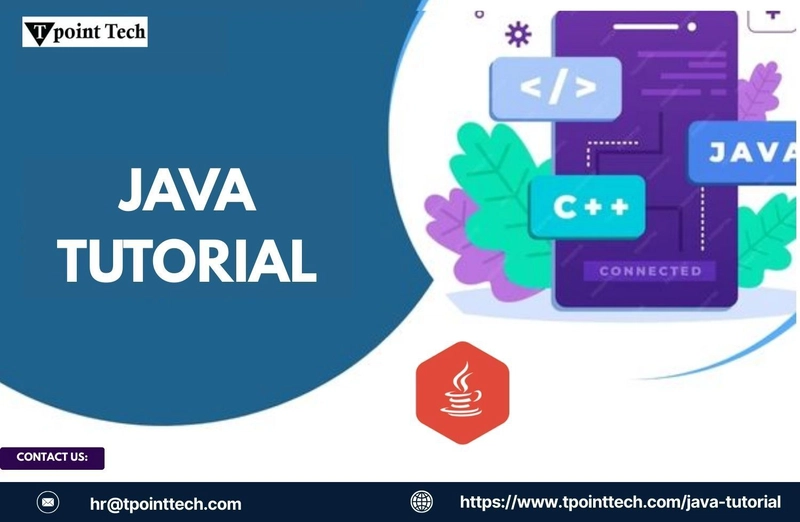Como criar e consumir uma API REST simples em Java puro
Vou criar uma API REST simples em Java puro** (usando com.sun.net.httpserver) e consumir essa API usando java.net.HttpURLConnection. Parte 1: Criando a API (Servidor HTTP) Passo 1: Estrutura do Projeto src └── main └── java ├── api │ ├── Task.java // Modelo de dados │ ├── TaskHandler.java // Manipulador de requisições │ └── Server.java // Servidor principal └── client └── ApiClient.java // Cliente para consumir a API Passo 2: Código do Servidor Classe Task (Modelo) package api; public class Task { private int id; private String title; private boolean completed; // Construtor, getters e setters public Task(int id, String title, boolean completed) { this.id = id; this.title = title; this.completed = completed; } public int getId() { return id; } public String getTitle() { return title; } public boolean isCompleted() { return completed; } } Classe TaskHandler (Manipulador de Requisições) package api; import com.sun.net.httpserver.HttpExchange; import com.sun.net.httpserver.HttpHandler; import java.io.IOException; import java.io.OutputStream; import java.util.ArrayList; import java.util.List; public class TaskHandler implements HttpHandler { private List tasks = new ArrayList(); private int nextId = 1; @Override public void handle(HttpExchange exchange) throws IOException { String method = exchange.getRequestMethod(); String path = exchange.getRequestURI().getPath(); switch (method) { case "GET": handleGet(exchange); break; case "POST": handlePost(exchange); break; default: sendResponse(exchange, 405, "{\"error\": \"Método não permitido\"}"); } } private void handleGet(HttpExchange exchange) throws IOException { String json = "["; for (Task task : tasks) { json += String.format( "{\"id\": %d, \"title\": \"%s\", \"completed\": %b},", task.getId(), task.getTitle(), task.isCompleted() ); } json = json.isEmpty() ? "[]" : json.substring(0, json.length() - 1) + "]"; sendResponse(exchange, 200, json); } private void handlePost(HttpExchange exchange) throws IOException { String body = new String(exchange.getRequestBody().readAllBytes()); // Simples parsing (em produção, use uma biblioteca JSON) String title = body.split("\"")[3]; // Extrai o título do JSON Task task = new Task(nextId++, title, false); tasks.add(task); sendResponse(exchange, 201, "{\"id\": " + task.getId() + "}"); } private void sendResponse(HttpExchange exchange, int statusCode, String response) throws IOException { exchange.getResponseHeaders().set("Content-Type", "application/json"); exchange.sendResponseHeaders(statusCode, response.getBytes().length); try (OutputStream os = exchange.getResponseBody()) { os.write(response.getBytes()); } } } Classe Server (Iniciar Servidor) package api; import com.sun.net.httpserver.HttpServer; import java.io.IOException; import java.net.InetSocketAddress; public class Server { public static void main(String[] args) throws IOException { HttpServer server = HttpServer.create(new InetSocketAddress(8080), 0); server.createContext("/tasks", new TaskHandler()); server.start(); System.out.println("Servidor iniciado na porta 8080"); } } Parte 2: Consumindo a API (Cliente HTTP) Classe ApiClient package client; import java.io.IOException; import java.net.HttpURLConnection; import java.net.URL; import java.io.OutputStream; import java.io.InputStream; import java.util.Scanner; public class ApiClient { public static String get(String url) throws IOException { HttpURLConnection conn = (HttpURLConnection) new URL(url).openConnection(); conn.setRequestMethod("GET"); try (InputStream is = conn.getInputStream(); Scanner scanner = new Scanner(is)) { return scanner.useDelimiter("\\A").next(); } } public static String post(String url, String jsonBody) throws IOException { HttpURLConnection conn = (HttpURLConnection) new URL(url).openConnection(); conn.setRequestMethod("POST"); conn.setRequestProperty("Content-Type", "application/json"); conn.setDoOutput(true); try (OutputStream os = conn.getOutputStream()) { os.write(jsonBody.getBytes()); } try (InputStream is = conn.getInputStream(); Scanner scanner = new Scanner(is)) { return scanner.useDelimiter("\\A").next();
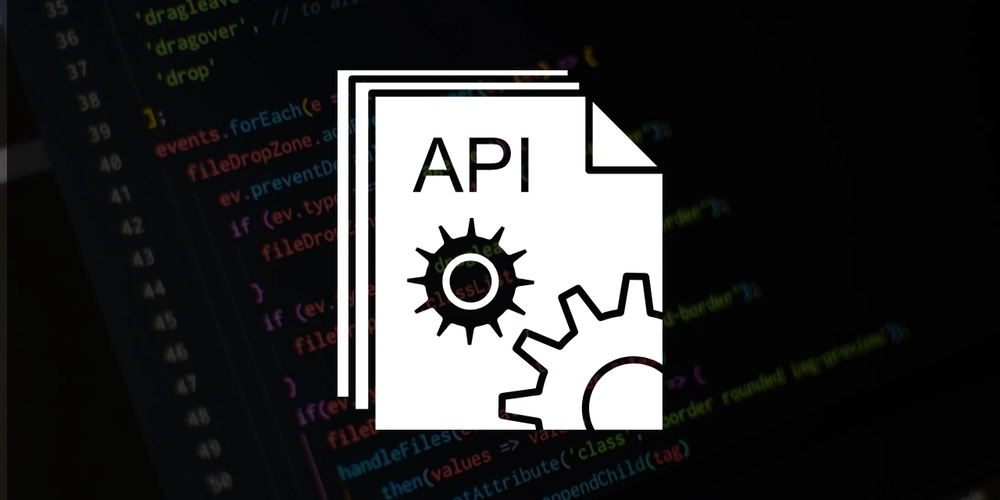
Vou criar uma API REST simples em Java puro** (usando com.sun.net.httpserver) e consumir essa API usando java.net.HttpURLConnection.
Parte 1: Criando a API (Servidor HTTP)
Passo 1: Estrutura do Projeto
src
└── main
└── java
├── api
│ ├── Task.java // Modelo de dados
│ ├── TaskHandler.java // Manipulador de requisições
│ └── Server.java // Servidor principal
└── client
└── ApiClient.java // Cliente para consumir a API
Passo 2: Código do Servidor
Classe Task (Modelo)
package api;
public class Task {
private int id;
private String title;
private boolean completed;
// Construtor, getters e setters
public Task(int id, String title, boolean completed) {
this.id = id;
this.title = title;
this.completed = completed;
}
public int getId() { return id; }
public String getTitle() { return title; }
public boolean isCompleted() { return completed; }
}
Classe TaskHandler (Manipulador de Requisições)
package api;
import com.sun.net.httpserver.HttpExchange;
import com.sun.net.httpserver.HttpHandler;
import java.io.IOException;
import java.io.OutputStream;
import java.util.ArrayList;
import java.util.List;
public class TaskHandler implements HttpHandler {
private List<Task> tasks = new ArrayList<>();
private int nextId = 1;
@Override
public void handle(HttpExchange exchange) throws IOException {
String method = exchange.getRequestMethod();
String path = exchange.getRequestURI().getPath();
switch (method) {
case "GET":
handleGet(exchange);
break;
case "POST":
handlePost(exchange);
break;
default:
sendResponse(exchange, 405, "{\"error\": \"Método não permitido\"}");
}
}
private void handleGet(HttpExchange exchange) throws IOException {
String json = "[";
for (Task task : tasks) {
json += String.format(
"{\"id\": %d, \"title\": \"%s\", \"completed\": %b},",
task.getId(), task.getTitle(), task.isCompleted()
);
}
json = json.isEmpty() ? "[]" : json.substring(0, json.length() - 1) + "]";
sendResponse(exchange, 200, json);
}
private void handlePost(HttpExchange exchange) throws IOException {
String body = new String(exchange.getRequestBody().readAllBytes());
// Simples parsing (em produção, use uma biblioteca JSON)
String title = body.split("\"")[3]; // Extrai o título do JSON
Task task = new Task(nextId++, title, false);
tasks.add(task);
sendResponse(exchange, 201, "{\"id\": " + task.getId() + "}");
}
private void sendResponse(HttpExchange exchange, int statusCode, String response) throws IOException {
exchange.getResponseHeaders().set("Content-Type", "application/json");
exchange.sendResponseHeaders(statusCode, response.getBytes().length);
try (OutputStream os = exchange.getResponseBody()) {
os.write(response.getBytes());
}
}
}
Classe Server (Iniciar Servidor)
package api;
import com.sun.net.httpserver.HttpServer;
import java.io.IOException;
import java.net.InetSocketAddress;
public class Server {
public static void main(String[] args) throws IOException {
HttpServer server = HttpServer.create(new InetSocketAddress(8080), 0);
server.createContext("/tasks", new TaskHandler());
server.start();
System.out.println("Servidor iniciado na porta 8080");
}
}
Parte 2: Consumindo a API (Cliente HTTP)
Classe ApiClient
package client;
import java.io.IOException;
import java.net.HttpURLConnection;
import java.net.URL;
import java.io.OutputStream;
import java.io.InputStream;
import java.util.Scanner;
public class ApiClient {
public static String get(String url) throws IOException {
HttpURLConnection conn = (HttpURLConnection) new URL(url).openConnection();
conn.setRequestMethod("GET");
try (InputStream is = conn.getInputStream();
Scanner scanner = new Scanner(is)) {
return scanner.useDelimiter("\\A").next();
}
}
public static String post(String url, String jsonBody) throws IOException {
HttpURLConnection conn = (HttpURLConnection) new URL(url).openConnection();
conn.setRequestMethod("POST");
conn.setRequestProperty("Content-Type", "application/json");
conn.setDoOutput(true);
try (OutputStream os = conn.getOutputStream()) {
os.write(jsonBody.getBytes());
}
try (InputStream is = conn.getInputStream();
Scanner scanner = new Scanner(is)) {
return scanner.useDelimiter("\\A").next();
}
}
public static void main(String[] args) {
try {
// POST: Criar uma tarefa
String responsePost = post("http://localhost:8080/tasks",
"{\"title\": \"Aprender Java\", \"completed\": false}");
System.out.println("POST Response: " + responsePost);
// GET: Listar tarefas
String responseGet = get("http://localhost:8080/tasks");
System.out.println("GET Response: " + responseGet);
} catch (IOException e) {
e.printStackTrace();
}
}
}
Passo 3: Execução
- Inicie o Servidor:
java api.Server
- Execute o Cliente:
java client.ApiClient
Testando com cURL (Opcional)
# Criar tarefa
curl -X POST -H "Content-Type: application/json" -d "{\"title\":\"Estudar API\",\"completed\":false}" http://localhost:8080/tasks
# Listar tarefas
curl http://localhost:8080/tasks
Considerações
-
Simplicidade vs. Robustez:
- O servidor usa
com.sun.net.httpserver, ideal para protótipos. Em produção, prefira frameworks como Spring Boot ou Javalin. - O parsing de JSON é simplificado. Use bibliotecas como Jackson ou Gson para manipulação real de JSON.
- O servidor usa
-
Cliente HTTP:
- Para projetos reais, use
HttpClient(Java 11+) ou bibliotecas como OkHttp.
- Para projetos reais, use
-
Melhorias Possíveis:
- Adicionar tratamento de erros.
- Implementar métodos PUT e DELETE.
- Validar entradas.











































































































































































![[The AI Show Episode 142]: ChatGPT’s New Image Generator, Studio Ghibli Craze and Backlash, Gemini 2.5, OpenAI Academy, 4o Updates, Vibe Marketing & xAI Acquires X](https://www.marketingaiinstitute.com/hubfs/ep%20142%20cover.png)














































































































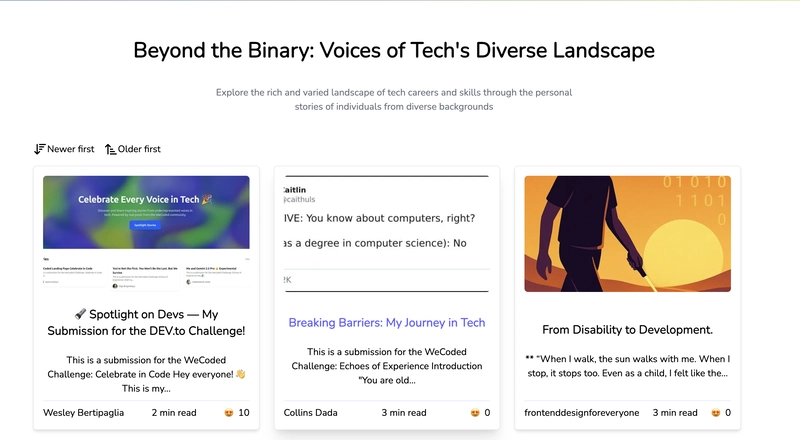
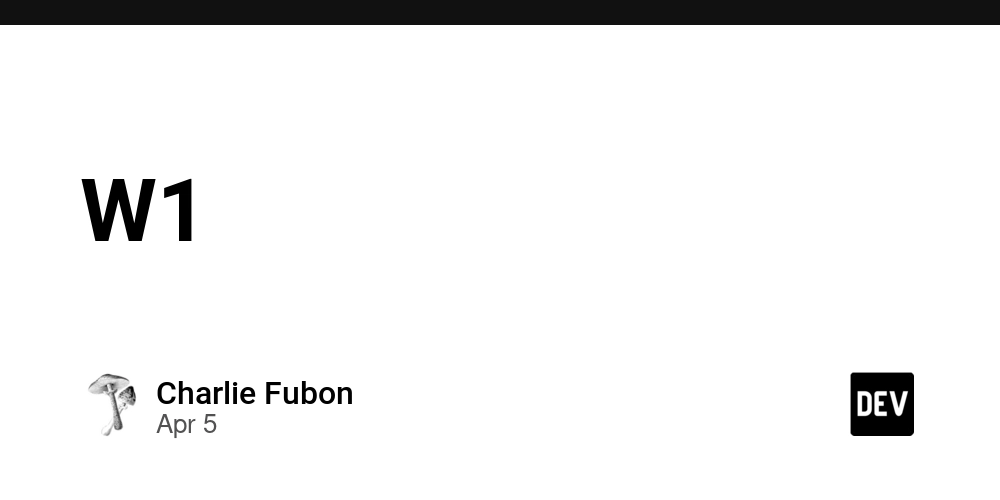
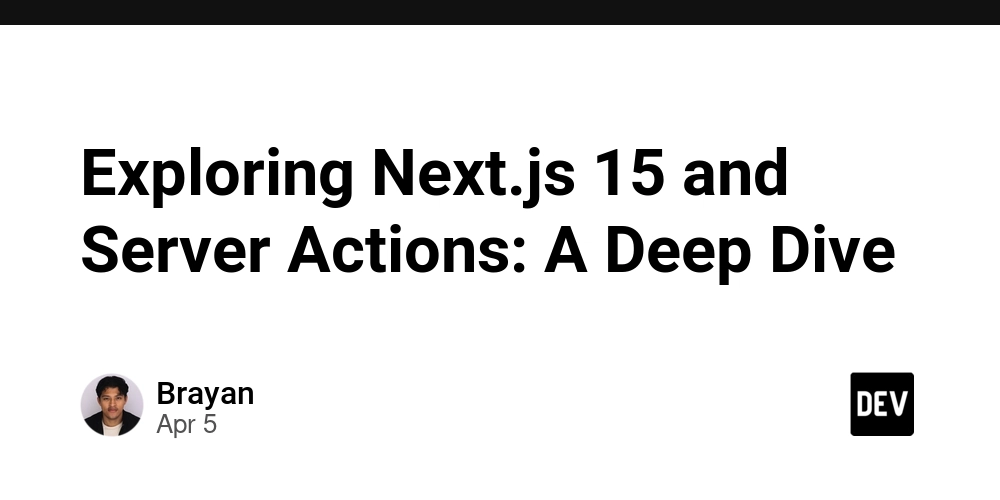










![[FREE EBOOKS] The Kubernetes Bible, The Ultimate Linux Shell Scripting Guide & Four More Best Selling Titles](https://www.javacodegeeks.com/wp-content/uploads/2012/12/jcg-logo.jpg)



![From drop-out to software architect with Jason Lengstorf [Podcast #167]](https://cdn.hashnode.com/res/hashnode/image/upload/v1743796461357/f3d19cd7-e6f5-4d7c-8bfc-eb974bc8da68.png?#)






































































































.png?#)




.jpg?#)
































_Christophe_Coat_Alamy.jpg?#)









































































































![Rapidus in Talks With Apple as It Accelerates Toward 2nm Chip Production [Report]](https://www.iclarified.com/images/news/96937/96937/96937-640.jpg)





































































































































